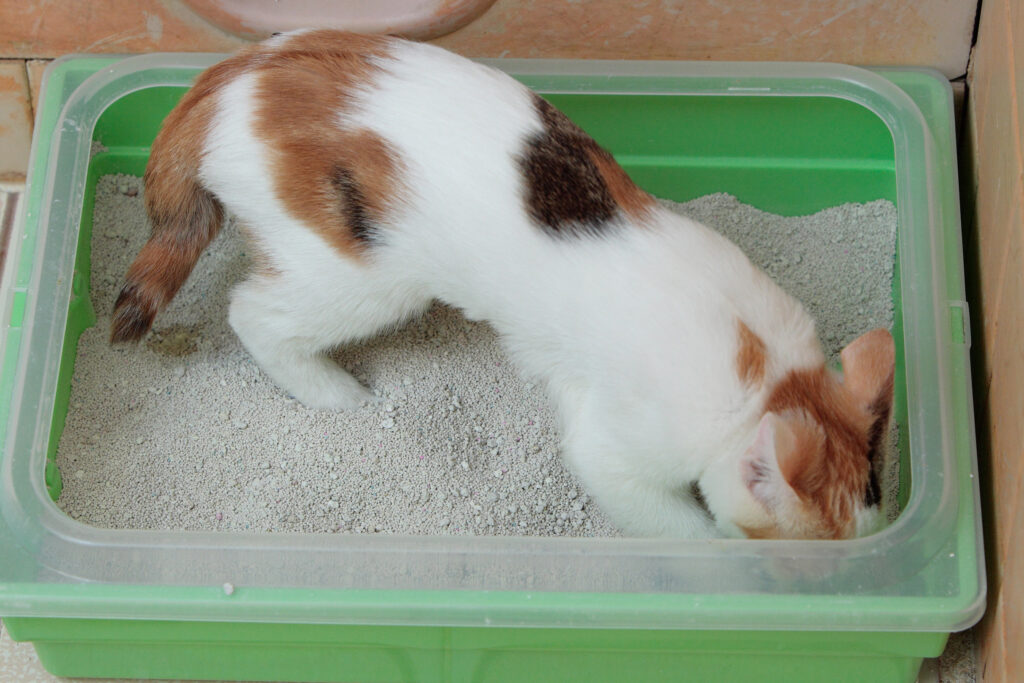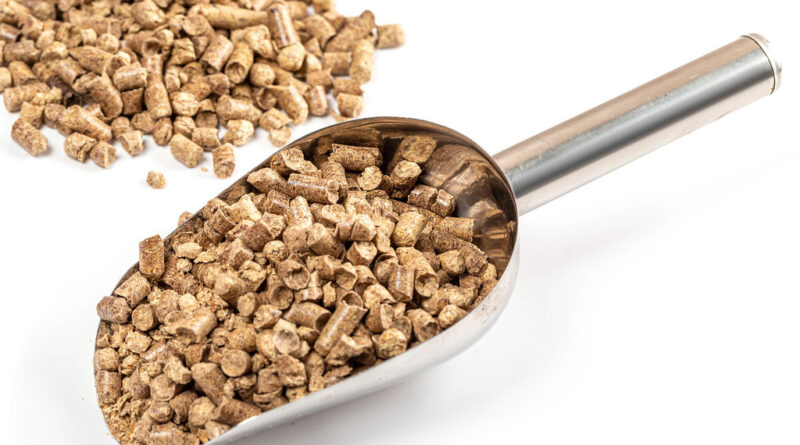Exploring the Benefits of Horse Pellets for Cat Litter: A Comprehensive Guide
Introduction:
Cat owners are always on the lookout for the best litter options to keep their feline friends happy and their homes smelling fresh. While traditional clay and silica-based litters have dominated the market for years, there’s a new contender making waves: horse pellets. Yes, you read that right – horse pellets, typically used as bedding for horses, are gaining popularity as an alternative cat litter solution. In this comprehensive guide, we’ll delve into the world of horse pellets for cat litter, exploring their benefits, usage, and why they might be the perfect choice for your furry companion.
Chapter 1: Understanding Horse Pellets for Cat Litter
Before we dive into their utility as Horse Pellets for Cat Litter, let’s first understand what horse pellets are and how they’re made. Horse pellets, also known as horse bedding pellets, are compressed wood or paper-based pellets designed to provide comfortable bedding for horses in stalls and trailers. These pellets are typically made from recycled materials, making them an eco-friendly option.
Chapter 2: The Benefits of Horse Pellets for Cat Litter
Now that we know what horse pellets are, let’s explore why they’re gaining popularity among cat owners:
1. Absorbency: Horse Pellets for Cat Litter are highly absorbent, capable of trapping moisture and odors effectively. This makes them an excellent choice for trolling litter box odours and maintaining a cleaner environment for both you and your cat.
2. Dust-Free: Unlike traditional clay litters, Horse Pellets for Cat Litter are virtually dust-free, reducing the risk of respiratory issues in both cats and their owners.
3. Environmentally Friendly: Many horse pellets are made from recycled materials, making them a sustainable choice for environmentally-conscious pet owners.
4. Cost-Effective: Horse Pellets for Cat Litter are often more affordable than traditional cat litter, providing excellent value for money without compromising on quality.
5. Flushable: Some Horse Pellets for Cat Litter are flushable, offering convenience when it comes to cleaning and disposing of used litter.

Chapter 3: How to Use Horse Pellets for Cat Litter
Now that you’re convinced of the benefits of horse pellets, let’s discuss how to use them effectively as cat litter:
1. Preparation: Start by preparing your cat’s litter box as you normally would, ensuring it’s clean and free of any old litter.
2. Fill the Box: Fill the litter box with a layer of horse pellets, ensuring it’s deep enough to provide adequate coverage.
3. Monitor Usage: Keep an eye on your cat’s litter box habits to ensure they’re comfortable with the new litter. Some cats may need time to adjust to the texture and scent of horse pellets.
4. Scoop Regularly: Just like with any other litter, it’s essential to scoop out solid waste regularly to maintain cleanliness and odour control.
5. Replace as Needed: Replace the horse pellets as needed, typically every 1-2 weeks depending on your cat’s usage and preferences.
Chapter 4: Potential Drawbacks and Considerations
While horse pellets offer many benefits as cat litter, it’s essential to consider potential drawbacks:
1. Tracking: Some cats may track horse pellets outside of the litter box more than traditional litters. Placing a litter mat outside the box can help minimize this issue.
2. Texture: Cats are creatures of habit and may take time to adjust to the texture of horse pellets. Offering a gradual transition by mixing horse pellets with their existing litter can help ease the transition.
3. Availability: While horse pellets are becoming more widely available, they may not be as easily found as traditional litter in all areas. However, many pet supply stores and online retailers now stock them.

Chapter 5: Tips for Transitioning to Horse Pellets for Cat Litter
Transitioning your cat to horse pellets may require a bit of patience and adjustment. Here are some tips to make the transition smoother:
Gradual Introduction: Start by mixing a small amount of horse pellets with your cat’s current litter. Gradually increase the ratio of pellets to traditional litter over a week or two until your cat is comfortable with the new substrate.
Positive Reinforcement: Encourage your cat to use the litter box with horse pellets by offering treats or praise when they use it successfully. Positive reinforcement can help reinforce the desired behaviour.
Patience: Remember that every cat is different, and some may take longer to adjust to the new litter than others. Be patient and give your cat time to acclimate to the change.
Monitor Behavior: Keep an eye on your cat’s litter box habits during the transition period. If you notice any signs of discomfort or reluctance to use the new litter, consider adjusting the transition process or consulting with your veterinarian for guidance.
Cleanliness: Maintain a clean litter box environment throughout the transition process. Regular scooping and cleaning will help ensure that your cat feels comfortable using the new litter.
Chapter 6: Additional Uses for Horse Pellets for Cat Litter
In addition to serving as cat litter, horse pellets have several other practical uses around the home:
Garden Mulch: Horse pellets can be used as a natural mulch in garden beds to help retain moisture, suppress weeds, and improve soil structure.
Composting: Horse pellets are biodegradable and can be added to compost bins or piles to help speed up the decomposition process and create nutrient-rich compost for gardening.
Absorbent Spills: Keep a bag of horse pellets on hand to quickly absorb spills and messes around the home, such as pet accidents or oil spills in the garage.
Odor Control: Place a bowl of horse pellets in areas of your home prone to odours, such as the kitchen or bathroom, to help absorb unpleasant smells.
Pet Bedding: Use horse pellets as bedding for small pets like rabbits, guinea pigs, or chickens. The pellets provide a comfortable and absorbent surface for nesting and burrowing.
Chapter 7:Addressing Common Concerns and FAQs
1. Are horse pellets safe for cats?
Yes, horse pellets are generally safe for cats.Horse pellets designed specifically for cat litter are generally safe for cats. They are typically made from natural materials such as wood or paper and do not contain harmful chemicals. However, it’s essential to check the packaging and ensure that the pellets are labelled as suitable for cat use. Additionally, if your cat has any respiratory issues or allergies, it’s a good idea to consult with your veterinarian before switching to horse pellets. They are made from natural materials like wood or paper and do not contain harmful chemicals. However, it’s essential to choose pellets specifically designed for cat litter to ensure they are safe for feline use.
2. Will my cat be bothered by the scent of horse pellets?
Most cats adapt well to the scent of horse pellets, which is generally mild and natural. However, if your cat is particularly sensitive to odours, you can opt for unscented varieties of horse pellets or mix them with their existing litter to help them acclimate.
3. Can I use horse pellets with a self-cleaning litter box?
Yes, horse pellets can typically be used with self-cleaning litter boxes. However, it’s essential to check the manufacturer’s recommendations for compatibility and adjust the settings of the litter box if necessary to accommodate the larger size of the pellets.
Chapter 8: Does it track all over the house?
Some of the litter did end up outside of the box, possibly due to excess flour in the litter box. There wasn’t a big difference from the usual clay litter. A few of the smaller, broken-up wood pellets did get tracked a few feet away from the box, but nothing extreme- the pellets are too big to get stuck in between kitty toes. Wessie has a short coat, so he’s never had an issue with litter getting stuck in his fur. However, even longer-haired cats haven’t reported many problems with wood pellet litter.
Chapter 9 Is it dust-free?
I didn’t see (or taste) any dust while pouring the wood pellet litter into the box. It was a pleasant change from the dangerous, almost invisible cloud of clay dust we’ve come to expect even from the so-called 99% dust-free clay litters. As the litter breaks down into fluffy sawdust, there’s a higher chance that wood particles will become airborne during the scooping process, however, I didn’t notice anything. My lungs were happy with the wood pellets.
Chapter 10: Conclusion
In conclusion, horse pellets offer a host of benefits as cat litter, from superior absorbency to eco-friendliness and cost-effectiveness. While they may not be the perfect fit for every cat, many feline friends will thrive with this alternative litter option. By understanding how to use horse pellets effectively and considering potential drawbacks, you can make an informed decision about whether they’re the right choice for your furry companion.

